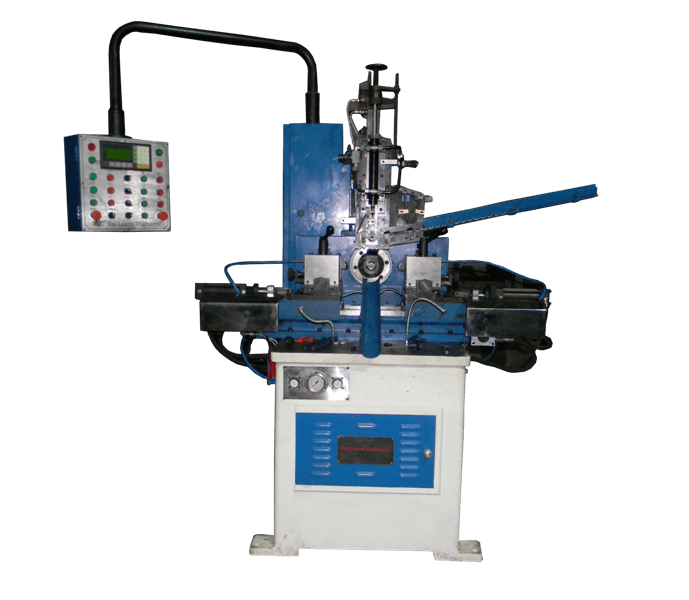An Auto Lathe Machine is an advanced machining tool that performs precise cutting, drilling, and turning operations automatically.
These machines are widely used in industries that require high-speed, repetitive production of components with tight tolerances. In this blog, we’ll take a closer look at the inner workings of an auto lathe machine and how it achieves precision machining.
1. Headstock
The headstock houses the main spindle, which rotates the workpiece. It is driven by a motor and contains various speed control mechanisms to adjust the spindle speed for different materials and cutting conditions.
2. Tool Turret or Tool Post
An auto lathe machine comes with a tool turret that holds multiple cutting tools. The machine automatically selects and switches between tools to perform different operations such as turning, drilling, and threading.
3. Carriage and Cross Slide
The carriage holds the cutting tool and moves it along the length of the workpiece. The cross slide allows movement perpendicular to the workpiece, enabling precise depth adjustments during machining.
4. Tailstock (Optional)
In some auto lathes, a tailstock is used to support longer workpieces or to hold additional tools for drilling and reaming operations.
5. Automatic Feeding System
One of the defining features of an auto lathe machine is its automatic feeding system. The machine is equipped with bar feeders that continuously supply raw material to the spindle, ensuring uninterrupted machining.
6. CNC Control System (For CNC Auto Lathes)
Modern auto lathes are equipped with CNC (Computer Numerical Control) systems that precisely control the machine’s movements. Operators input machining programs, and the system executes complex operations with minimal human intervention.
Loading the Workpiece: Raw material, usually in the form of a metal bar, is loaded into the spindle.
Spindle Rotation: The headstock rotates the workpiece at high speed.
Tool Engagement: The appropriate cutting tool moves into position and makes contact with the workpiece.
Material Removal: The tool removes material in a controlled manner to achieve the desired shape and size.
Automated Tool Change: If multiple operations are required, the tool turret automatically switches tools.
Completion and Ejection: Once machining is complete, the finished part is ejected, and a new piece is fed into the machine.
Advantages of Using an Auto Lathe Machine
High Efficiency: Continuous operation without manual intervention significantly boosts productivity.
Precision and Consistency: CNC controls ensure that every component is machined to exact specifications.
Reduced Labor Costs: Automation minimizes the need for skilled operators, reducing overall production costs.
Versatility: Can handle a wide range of materials, including metals, plastics, and composites.
Applications of Auto Lathe Machines
Auto lathe machines are widely used in industries such as:
Automobile Manufacturing: Producing engine components, shafts, and fittings.
Aerospace: Creating precision parts for aircraft engines and instruments.
Medical Equipment: Manufacturing surgical tools and implants.
Electronics: Producing small, intricate components for circuit boards and connectors.


 https://www.rajlaxmiengineers.com/css/style.css
https://www.rajlaxmiengineers.com/css/style.css